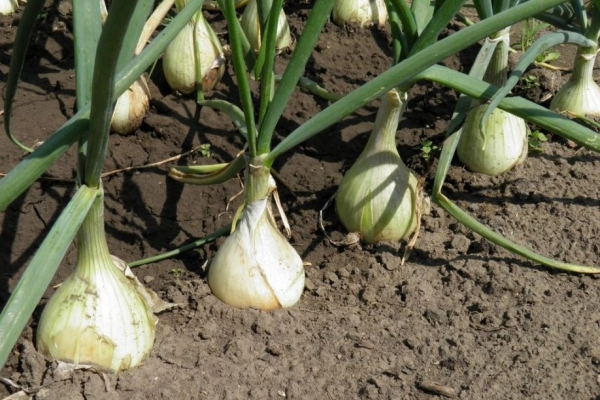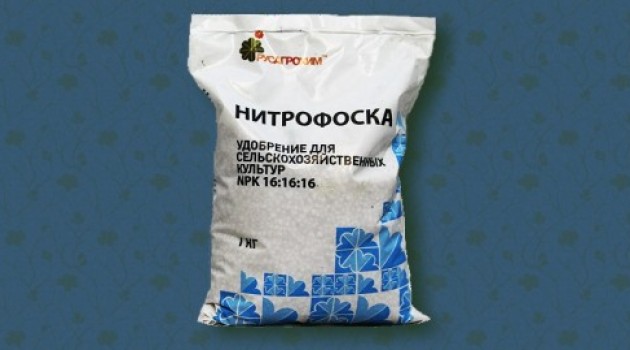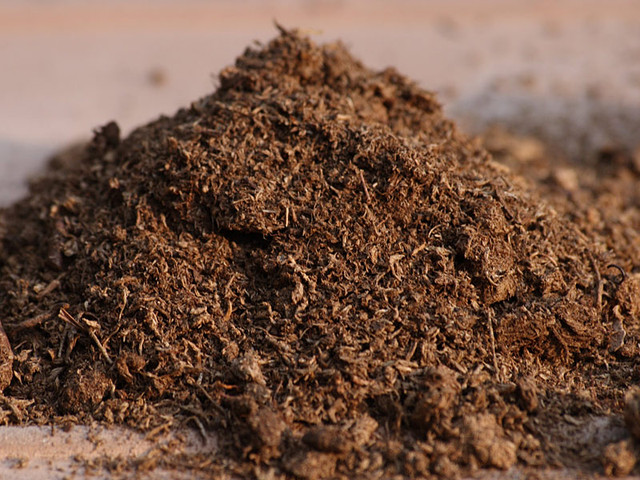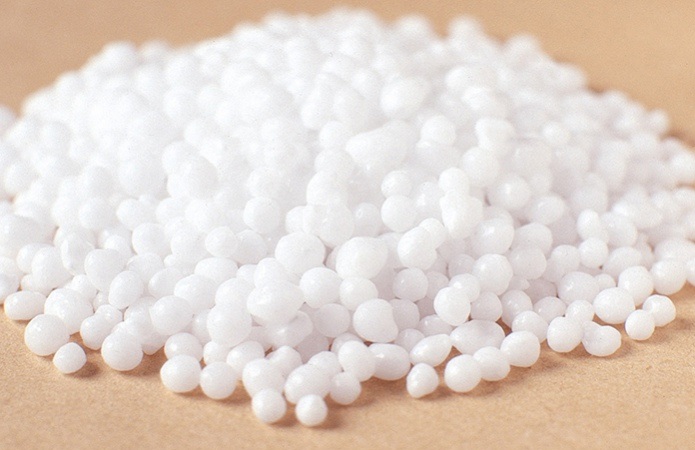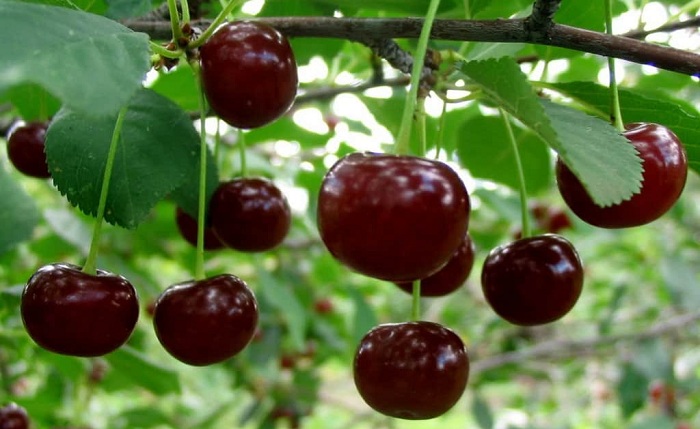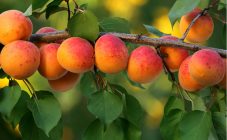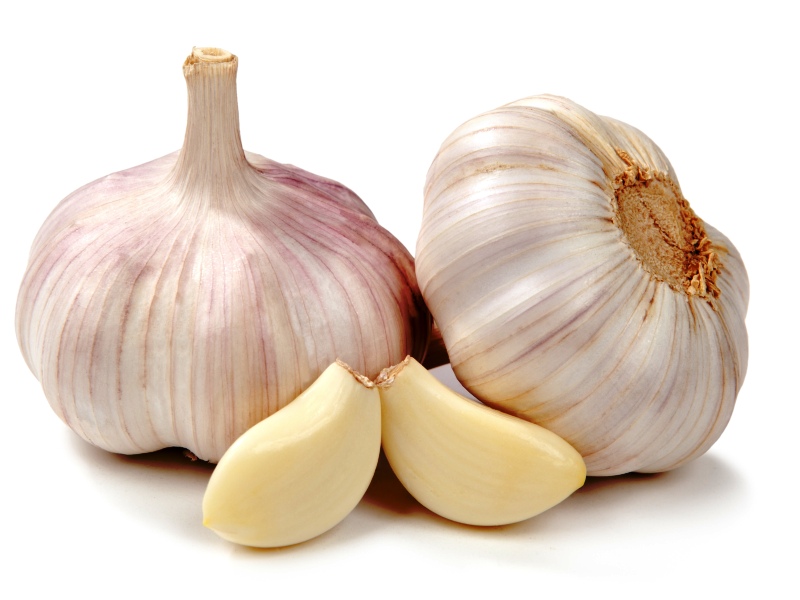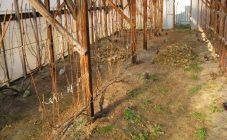Content:
It's no secret that at all times onions have been very popular and in demand on the table. A vegetable that is used to prepare many dishes should always be at hand, its planting can be found in almost all vegetable gardens. Onions do not require too much care from the owners who wanted to grow them, but in return they give a very rich harvest that can be stored for the entire winter period.
Many are accustomed to spring onion cultivation in plots, but recently its winter planting has been successfully practiced in vegetable gardens. For the winter, seeds are sown, which are specially created for this and perfectly tolerate winter frosts. This method is also not considered difficult, but you need to know how to feed onions planted in spring before winter so that the harvest is worthy.
About planting onions for the winter
There are a number of advantages when planting onion sets for the winter, so more and more summer residents are resorting to it. In this case, varieties should be selected with appropriate parameters, such as frost resistance, which allows the onion to tolerate quite noticeable frosts down to -15 degrees, and even in the absence of snow. Under the snow cover, practically nothing threatens the vegetable.
Autumn preparation of land
Onions should be planted closer to the end of October so that the bulbs take root before the arrival of night frosts. If planted at this time, the feather will not come out.
Before you start sowing, you need to prepare the soil:
- First, they resort to the necessary disinfection with a solution of copper sulfate;
- Secondly, after a day after the first procedure, organic fertilizers are applied, for example, cow manure, which had time to overheat. In addition to manure, fertilizers containing phosphorus are used.
It follows from the above that the onion should be fertilized for the first time in the fall, almost immediately after it is planted. It happens that summer residents in the fall produce mulching with peat, which in spring will not affect the growth of the crop, as it will melt very quickly.
The importance of feeding in spring
How to feed onions in the spring, planted before winter? Autumn feeding is not sufficient. After the end of winter, when the winter onions release the first green feathers, the necessary fertilization is carried out. More than in other substances, during this period the plant needs fertilizing with a high nitrogen content. Therefore, the first thing they care about is the introduction of substances lost during the cold time into the soil.
Feeding methods
How to fertilize onions? In spring, mineral fertilizers are very suitable for onions. They are obtained by mixing urea, superphosphate and potassium chloride. Fertilizer is applied at the rate of 5 mg of the prepared composition per 1 square meter of land. Vegetable crops are also watered with these components.
When about 2 weeks have passed after the first feeding of the onions, you need to fertilize again with nitrophoska. It is taken in the amount of two tablespoons of tablespoons per bucket of water, this solution is enough for 2 square meters. m.
For the third time, the application of top dressing for growing onions in the spring should be done at a time when the bulbs are about 3 cm in size. When the bulbs grow, they really need phosphorus and everything associated with it. Phosphorus for onions is contained in superphosphate, so you can achieve the desired result using this fertilizer. Stir two tablespoons per square meter in a bucket of water.
If it is not possible to prepare a solution of mineral fertilizers or there is simply not enough time for this, there is an option to purchase ready-made feeding complexes in specialized stores.
Manure and ash
The question is, how to feed onions in spring, planted in spring, if there is manure or grass in the summer cottage. You can resort to using them when feeding onions. This method is considered one of the most environmentally friendly. Such natural dressings are produced as follows:
- A glass of slurry is bred in a bucket of water and applied to the beds as the first top dressing;
- The second step will be the use of herbs, which must be infused in 10 liters of water for several days. Herbs are taken 5 kg. After several days, when the dressing is considered ready, it must be diluted by another 10 parts, using only clean water for this;
- Once again, top dressing is applied using wood ash this time. It is collected in an amount equal to about 300 grams and poured into a bucket filled with hot water. The solution should be infused for several days. After that, the ash solution is diluted with water, and onion plantings are watered with it. It helps well if the onion turns yellow in spring. When planting onions, ash is brought directly into the hole.
Fertilizers
There is a sufficient amount of fertilizer that gardeners use in the spring. Top dressing of onions in the spring on the head is done with the help of phosphorus or potash fertilizers, since when they are used, the bulb ripens many times faster. Fertilizers containing nitrogen are needed, first of all, in order to grow an abundant mass of feathers.
Here are the types of fertilizers for onions when planting in spring:
- Trace elements are contained in mineral fertilizers;
- Organic matter is represented by such natural fertilizers as humus, peat, vermicompost, mullein, poultry droppings and compost;
- There are also growth stimulants consisting of peat with shale ash. It is believed that such dietary supplements have a fairly good advantage over the same manure due to their versatility;
- Bacterial fertilizers contain microorganisms similar to those that live in the ground and therefore are useful for plants.
Fertilization of onions in spring directly depends on the state in which the soil is located, and also on what goal the gardener faces, what and in what quantity he wants to get from planting a crop, in this case from onions. This vegetable is fed at their summer cottage, resorting to the use of several dressings, collected in one complex. On a larger scale, in particular, industrial ones, they mainly use only organic fertilizers.
Organic
Organic matter includes the components of the animal and plant world, in the process of decay or decomposition, they release minerals such as phosphorus, nitrogen, iron, calcium, potassium and some others. Their mission is not only to nourish plants, but also to restore and enrich the land, as well as help in its structural improvement.
For feeding, bird droppings or manure are used, and herbal infusion is also used. The used solutions of organic fertilizers should be applied not very often, about 1 or 2 times:
- To prepare a mullein infusion, take about 6 liters of water and put it 0.5 kg;
- Chicken droppings in the amount of 70 g are placed in 5 liters of water. After that, the solution is allowed to infuse for several days, during which it will ferment. When the time comes, it is necessary to dilute the infusion at least twice. Water the plants with this fertilizer at the root, when it gets on the leaves, it can burn them.
After such feeding, you can also apply an infusion of herbs. In such a solution, the content of phosphorus and potassium is high, which the plant needs. You need a bucket of water per kilogram of grass, then a weekly infusion. When ready, the mixture is diluted 2 times.
Mineral
Mineral fertilizers can be used at different stages of the growth of perennial onions. You can schedule their application, for example, like this:
- Take 15 g of ammonium nitrate and add about 20 g of superphosphate, and add half as much potassium chloride. Stir all this in 5 liters of water. It is used when shoots have just appeared;
- Repeat the same procedure in a month;
- The third and final subcortex is produced without the use of nitrogen. Take superphosphate 20 g and 10 g of potassium again for 5 liters.
Complex
Mixed or complex dressings can have ingredients of different amounts, therefore, only their types will be indicated in the instructions below:
- At the first shoots, slurry is used, mixed with urea for half a bucket of water;
- After 2 weeks, take nitrophosphate and 5 liters of water;
- When 4 leaves are on the way, a mixture of superphosphate and potassium salt is used, stirred in the same 5 liters of water or half a bucket.
Folk remedies for feeding
This experience has been accumulated by many generations of gardeners, who were struck by the idea of how to feed onions in alternative ways. In addition to the use of wood ash and manure, which were mentioned above, yeast is used as an integral part of the prepared onion feed.
In 5 liters of water, add in equal proportions the crumb of ordinary bread, fresh grass and yeast. Such a cocktail should be infused for 2 days, and then water the plants with it, but always at the very root. This is especially good for the turnip that has begun to form.
The introduction of feeding of different types is directly related to the condition of the soil, the site itself and the planting material. However, it has long been known that any garden crop responds well to fertilizers that must be applied on time, and correctly calculate the dosage of the constituent parts. After that, you can safely count on getting a full harvest.
